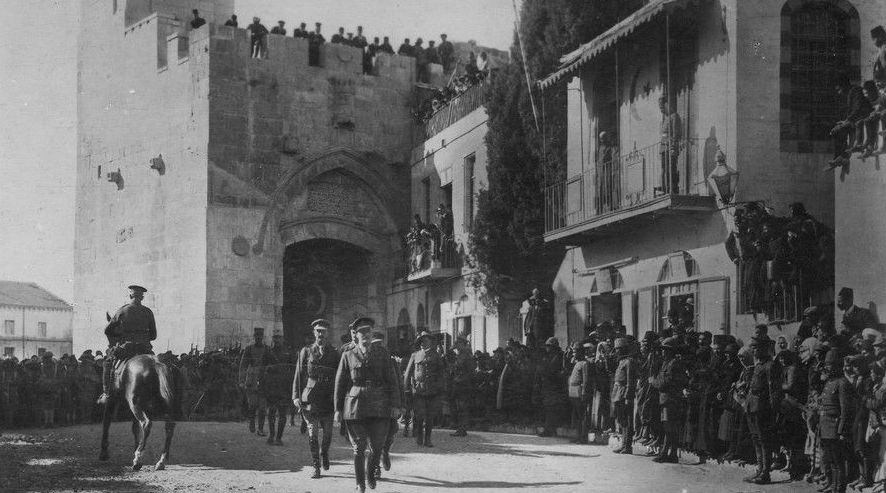Naked Anxieties in the Baths of Ottoman Aleppo
with Elyse Semerdjian
hosted by Chris Gratien
Download the episode
Bath houses or hamams were mainstays of the Ottoman city. But as semi-public spaces where people could mix and implicitly transgressed certain boundaries regarding nudity, they were also spaces that produced anxiety and calls for regulation. In this episode, Elyse Semerdjian discusses how in a certain time and place of eighteenth century Aleppo, the issue of Muslim and Christian women bathing together aroused the concern of Ottoman state and society.
Stream via Soundcloud
 |
Elyse Semerdjian is the Director of Global Studies and Associate Professor of Middle East/Islamic World History at Whitman College. A specialist in early modern Ottoman history and Syria, she authored “Off the Straight Path”: Illicit Sex, Law, and Community in Ottoman Aleppo (Syracuse University Press, 2008) as well as several articles on gender, non-Muslims, and law in the Ottoman Empire. (see academia.edu) |
 |
Chris Gratien holds a Ph.D. from Georgetown University's Department of History. His research focuses on the social and environmental history of the Ottoman Empire and the modern Middle East. (see academia.edu) |
Episode No. 202
Release date: 8 October 2015
Location: Bebek, Istanbul
Editing and production by Chris Gratien
Copyright free musical excerpts Istanbul'dan Ayva Gelir Nar Gelir - Azize Tozem and Sari Recep; Rizeli Sadik - Erkek Kadin Oyun Havasi; Wadih El Safi - Bissaha
Bibliography courtesy of Elyse Semerdjian
SELECT BIBLIOGRAPHY
Elyse Semerdjian, "Off the Straight Path" Illicit Sex, Law, and Community in Ottoman Aleppo. Syracuse, N.Y.: Syracuse University Press, 2008.
______. "Naked Anxiety: Bathhouses, Nudity, and the Dhimmī Woman in 18th-Century Aleppo" The International Journal of Middle Eastern Studies, Vol. 45, No. 04, pp. 651-676.
Abraham Marcus, “Privacy in Eighteenth-Century Aleppo: The Limits of Cultural Ideals,” The International Journal of Middle East Studies, 18 (1986) 165-183.
Astrid Meier, “Bathing as a Translocal Phenomenon? Bathhouses in the Arab Provinces of the Ottoman Empire,” in Bathing Culture of Anatolian Civilizations: Architecture, History, Imagination, ed. Nina Ergin Leuven: Peters, 2011 168-197.
Madeline Zilfi, Women and Slavery in the Late Ottoman Empire: The Design of Difference (New York: Cambridge University Press, 2010) and Marc Baer “Islamic Conversion Narratives of Women: Social Change and Gendered Religious
Donald Quataert, “Clothing Laws, State, and Society in the Ottoman Empire, 1720-1829,” International Journal of Middle East Studies, vol. 29, No. 3 (Aug. 1997), 403-425











Comments
Post a Comment
Due to an overwhelming amount of spam, we no longer read comments submitted to the blog.